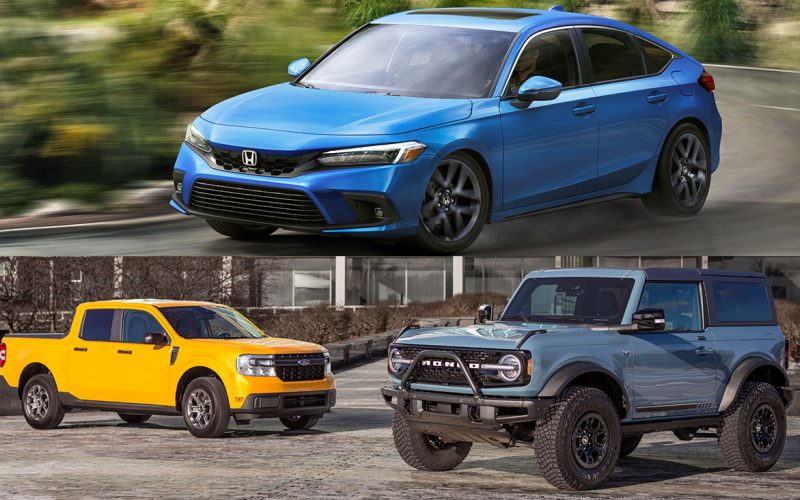
Reading Time: 4 minutesFord has been on a roll lately, winning two of last year’s North American Car, Truck
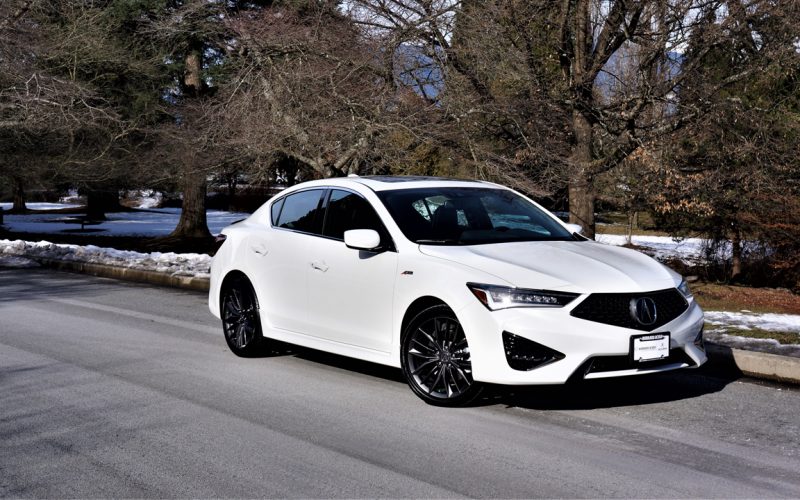
Reading Time: 12 minutesLooking for a great deal on a very good premium sedan? I can think of a
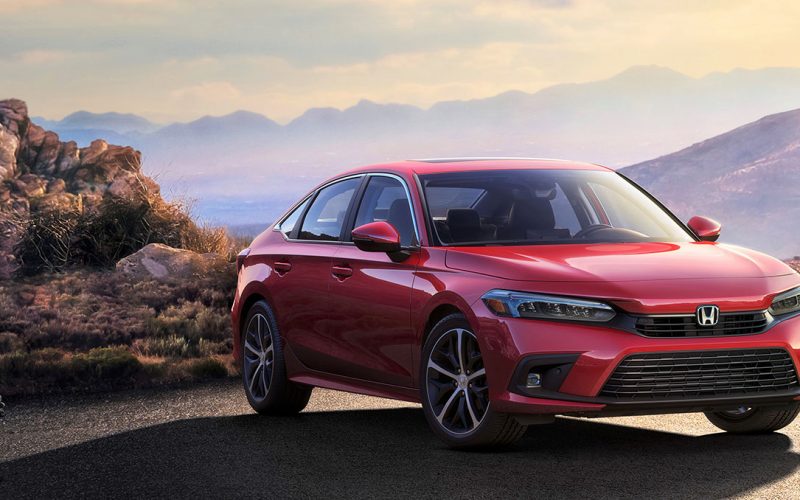
Reading Time: 3 minutesHonda Canada’s Civic sales have been crashing recently, down more than 20 percent throughout Q1 of
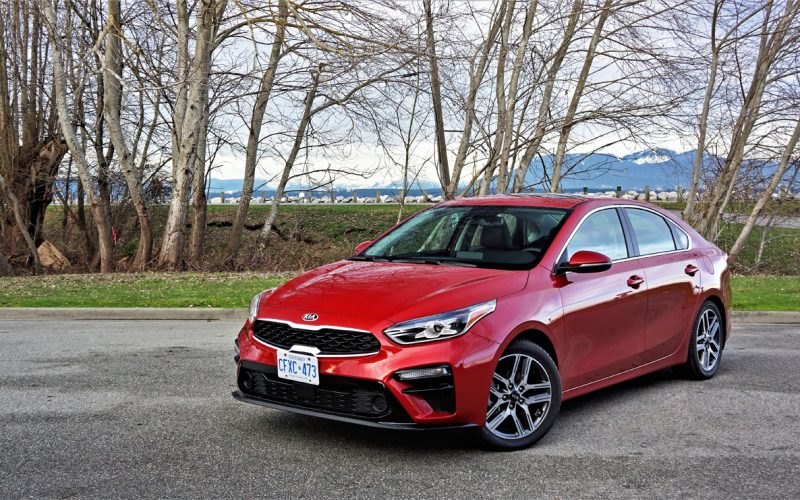
Reading Time: 13 minutesThe redesigned 2019 Forte is one handsome looking compact sedan, with clean, simple, modern lines that,
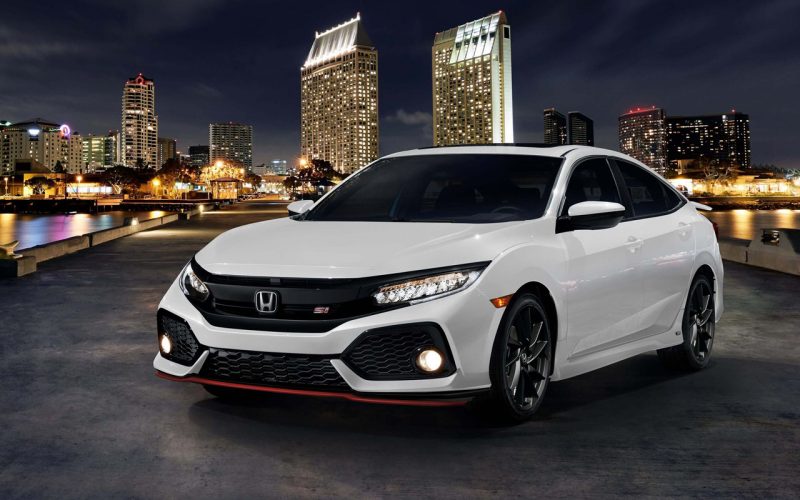
Reading Time: 4 minutesHow do you make the new Civic Si even better than it already is? The Si
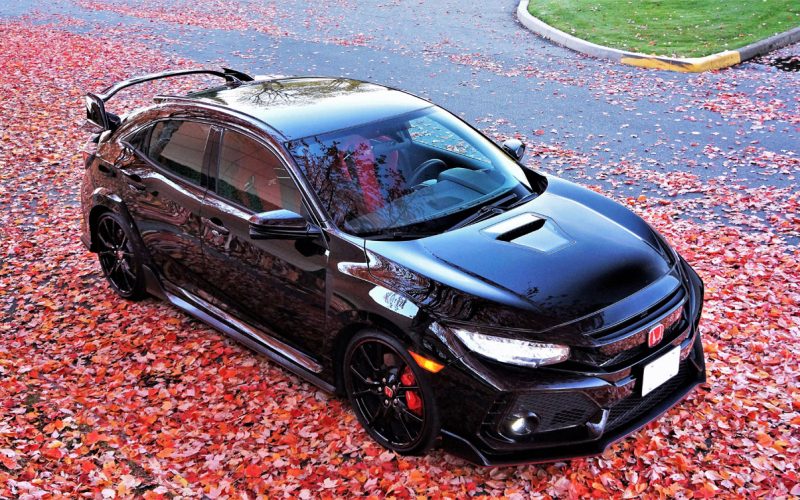
Reading Time: 13 minutesSo what does it feel like to drive the world’s fastest front-wheel drive production car? Fabulous!
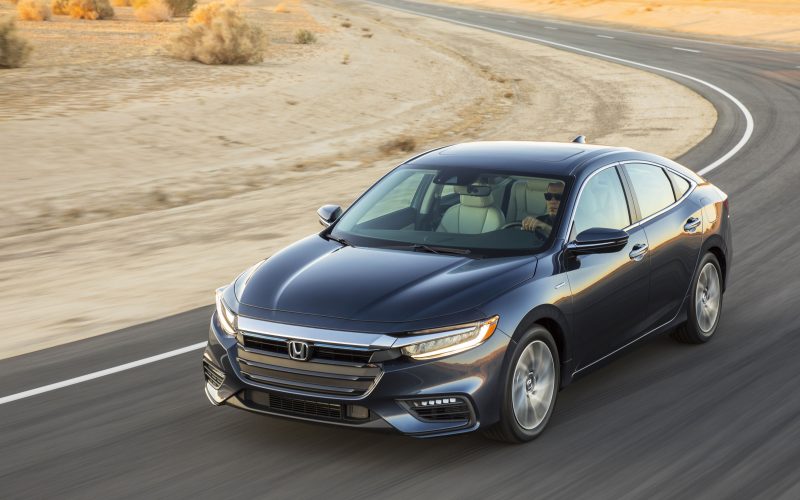
Reading Time: 8 minutesConsidering that Honda was one of the first automakers to arrive on the market with a
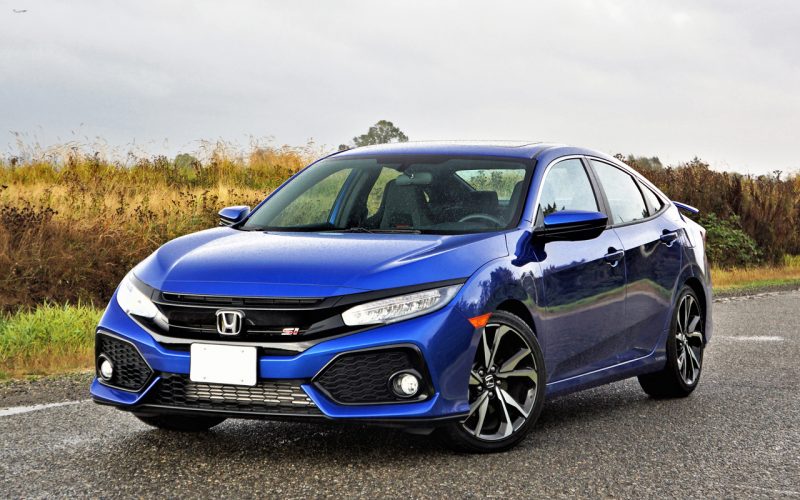
Reading Time: 10 minutesIf you call yourself a car enthusiast yet don’t have a place in your heart for
© 2025 The Car Magazine. All Rights Reserved, Privacy Policy | Terms of Use